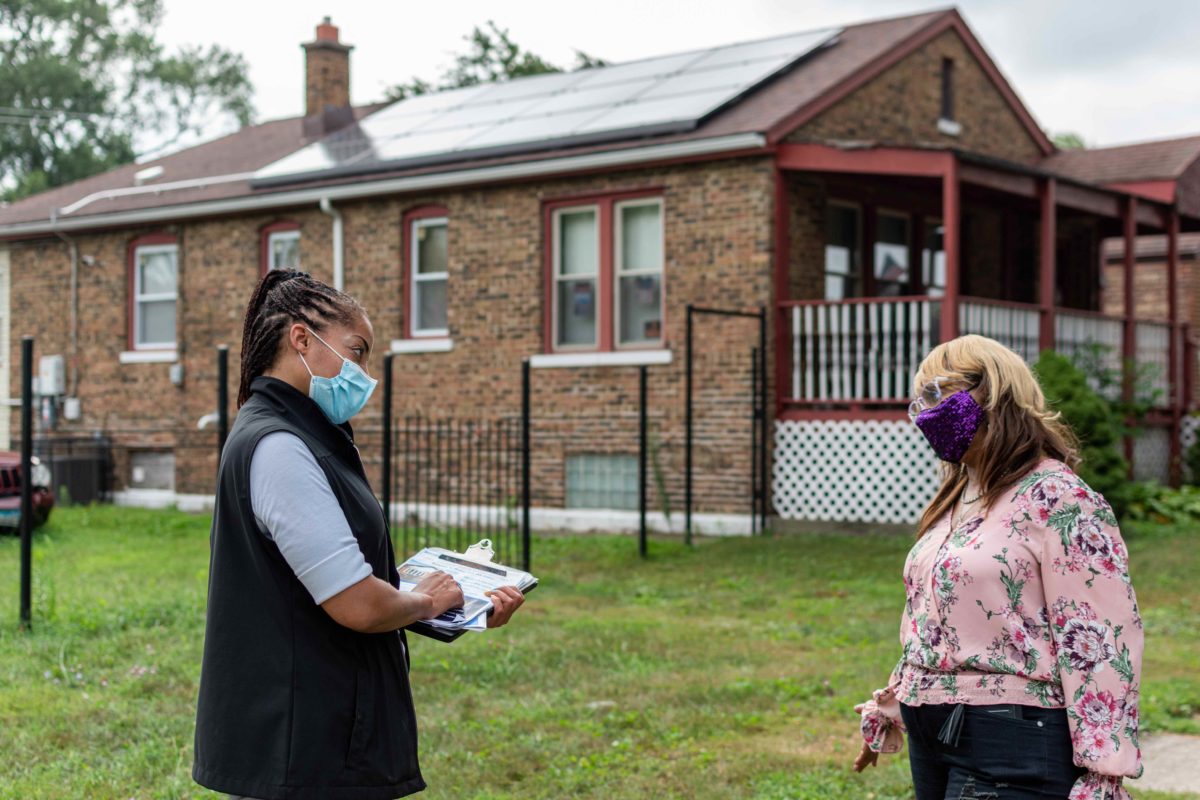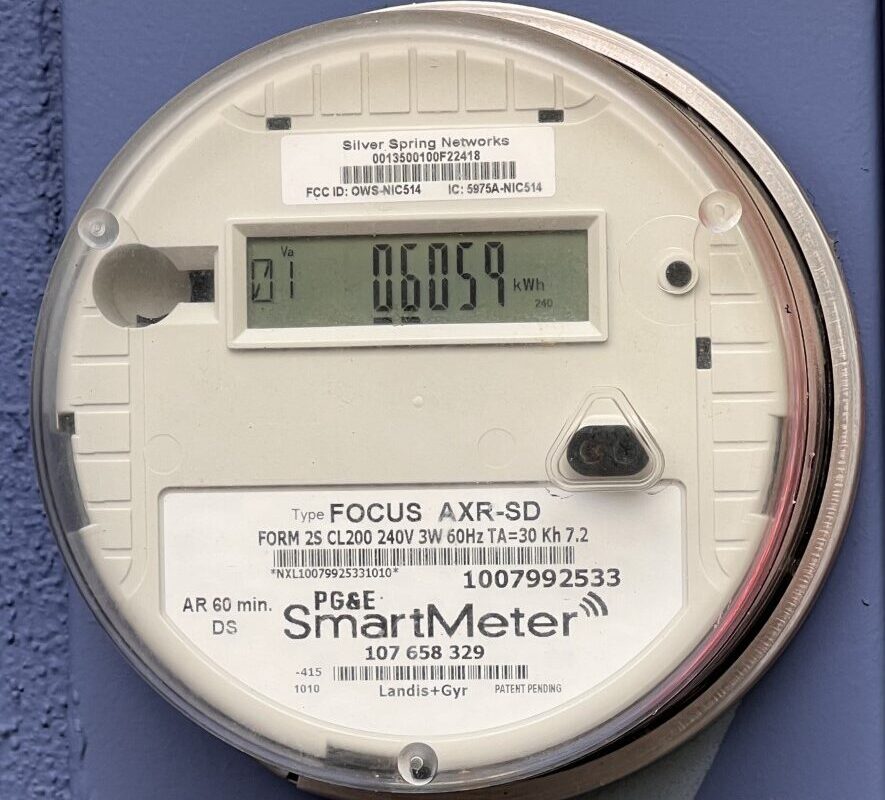Distributed solar will need to provide 27% of California’s electricity in a 100% renewables grid, and could provide 40% of Hawaii’s projected demand, according to studies noted by the Sunrun policy team in a new paper.
Without distributed solar and storage, “utilities will need more power plants, lines, and poles” as demand increases due to electrification, the authors say. Those utility investments “will be funded by charging customers higher electricity rates,” burdening “those who can least afford it.”
In the near term, state regulators seeking to integrate “vast numbers” of distributed resources could follow the policy lead of Vermont and Hawaii, the authors say. Longer term, an appropriate role for utilities “might be that of a distribution system operator.”
Berkeley Lab published the paper by Sunrun Chief Policy Officer Anne Hoskins and Director of Public Policy Christopher Worley, in a report on innovation in the electric utility sector.
State progress
Vermont utility Green Mountain Power has provided a circuit-level hosting capacity map since 2017 that has enabled more distributed solar, the authors say. A utility program to promote battery adoption has “unlocked millions in utility cost savings” and has been a model for similar utility programs around the country. And an alternative rate plan proposed by the utility that “decouples its financial interests from electricity sales” has been approved by state regulators.
In Hawaii, the authors say, integrated grid planning across generation, transmission and distribution lets distributed resources compete fairly. The state also granted some parties access to Hawaiian Electric’s capacity expansion model, who could then assess the feasibility and costs of adding distributed resources, in a practice known as transparent utility modeling. Understanding the inputs that the utilities use to run the model “can reveal any bias toward solutions most favorable to the utility,” which can then be remedied, the authors say.
Hawaii can also incentivize both distributed resource deployment and the utility’s interconnection speed through a new performance-based regulation approach, the first in the nation to “completely break away” from the traditional cost-of-service model.
Flagging the importance of leadership by a state’s public utility commission, the authors said regulatory authorities around the US “should look to the Hawaii PUC as an example of leading the way to a modern power system.”
Hawaii ranks first in the nation for small scale solar per capita, while Vermont ranks sixth.
Connecticut, the authors say, is considering allowing non-utility actors to propose pilot programs for utilities, with the goal of quickly identifying and scaling successful projects. Michigan also has a framework for pilot programs.
Despite these promising examples across the four states, most utilities that are regulated under the cost-of-service regulatory model “lack sufficient incentives to innovate,” the authors say.
Role of utilities
Under the traditional cost-of-service regulatory model which the authors see as a problem, “the utility’s profit is based on the size of its investment and the approved rate of return,” they say. “Utilities usually respond to load growth, clean energy mandates, or calls to increase resilience by building more infrastructure, adding to their rate bases, and then recovering those costs through higher customer rates.”
The authors call for “a fundamental rethinking of how utilities make money and the role of customers and third parties in the generation and consumption of energy.” If regulators shifted the role of utilities to being distribution system operators, each utility would become “a platform provider for both hardware and software systems,” the authors say. The role of providing distributed resources “will be held by third-party vendors,” which “should result in lower prices.”
New York State considered shifting the role of the utility to that of a distribution system operator, under the state’s Reforming the Energy Vision regulatory docket, but did not do so, the authors report.
To encourage customer investment in solar and storage, state regulators should ensure that utilities fairly compensate customers for the grid benefits their systems provide, the authors say. State regulators can use a framework to account for grid benefits such as the National Standard Practice Manual for Benefit-Cost Analysis of Distributed Energy Resources, they say.
This content is protected by copyright and may not be reused. If you want to cooperate with us and would like to reuse some of our content, please contact: editors@pv-magazine.com.








We still dont want to increase copper production with more new mine openings , so I still dont see much future in our renewable energy goals for years to come. We just opened new land to oil drilling with higher royalty going to the government ..
we already got behind with our climate goals.. Dont believe what the polticians have to say about it.. anymore!
Even climate scientists can do very little about it . We just ignored them ..
Transparent Utility Modeling” Now there’s an idea. Hopefully, utilities across the nation will NOT be successful at fighting it. Although, I’m sure most will try. If the Hawaiians were able to do it, there’s hope for the rest of the states. . .
.
“The state also granted some parties access to Hawaiian Electric’s capacity expansion model, who could then assess the feasibility and costs of adding distributed resources, in a practice known as transparent utility modeling. Understanding the inputs that the utilities use to run the model “can reveal any bias toward solutions most favorable to the utility,” which can then be remedied, the authors say.
Hawaii can also incentivize both distributed resource deployment and the utility’s interconnection speed through a new performance-based regulation approach, the first in the nation to “completely break away” from the traditional cost-of-service model.
Flagging the importance of leadership by a state’s public utility commission, the authors said regulatory authorities around the US “should look to the Hawaii PUC as an example of leading the way to a modern power system.”
Hawaii ranks first in the nation for small scale solar per capita…”
The biggest problem is that energy production & delivery, including fossil fuels, is dominated by petro-states & state sanctioned & subsidized monopolies. This is a “feature” of our capital market system. Hapless consumers are exploited captives, subject to gyrating energy prices and unreliable & hazardous utility company priorities. Electrifying everything & replacing the monopolists with widely distributed generation & storage will be a great benefit to young families & everyone living on modest incomes. Many wealthy people, including energy & utility investors, could care less. When EV sales reach about 25% of the market, owner-investors of leased commercial property like large apartments, neighborhood shopping centers & business parks will begin to feel market pressure to install vehicle-to-grid (V2G) chargers with integrated rooftop or parking lot canopy solar & stationary battery storage. These commercial properties will become network hubs of 1 to 2 mile radius micro-grids in our typical suburban neighborhoods. Electrical consumers, including lots of hard working lower income folks, will become “Produ-sumers” & grid power stabilizers instead of just hapless consumers of power. That’s how we get grid reliability & stability with social equity to replace fossil fuel & utility company monopolies. Think about how much reducing & stabilizing utility bills and transportation costs will help young families.